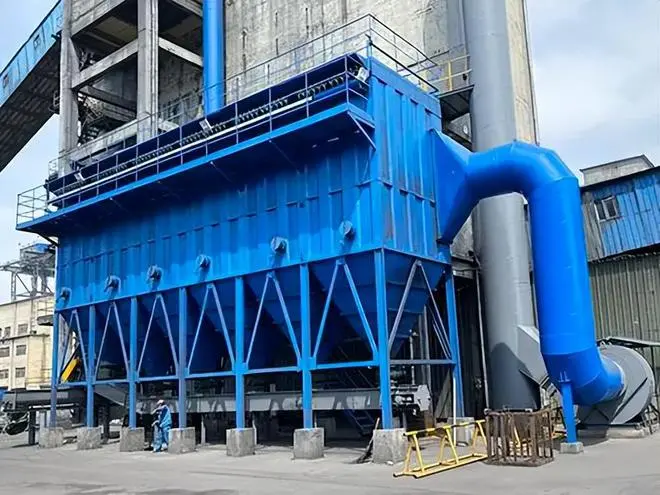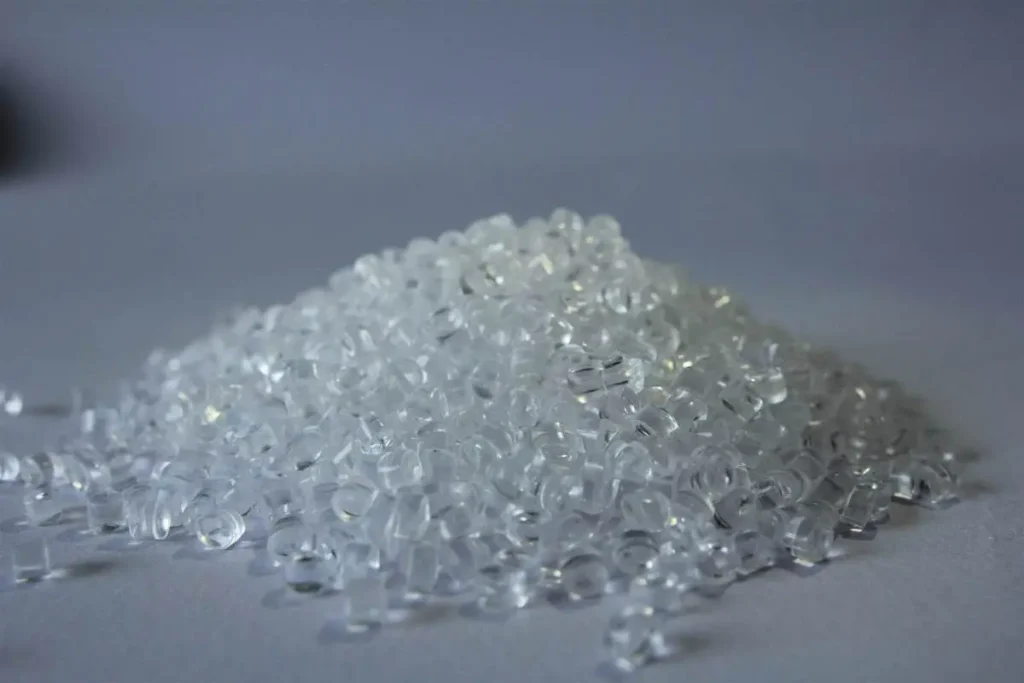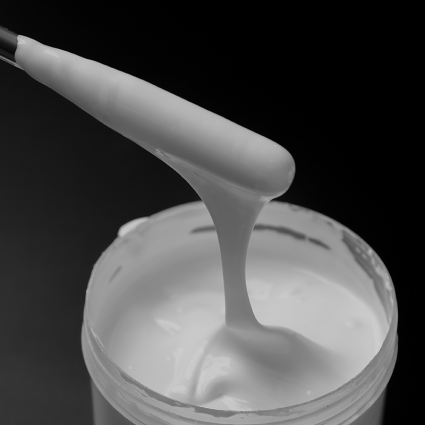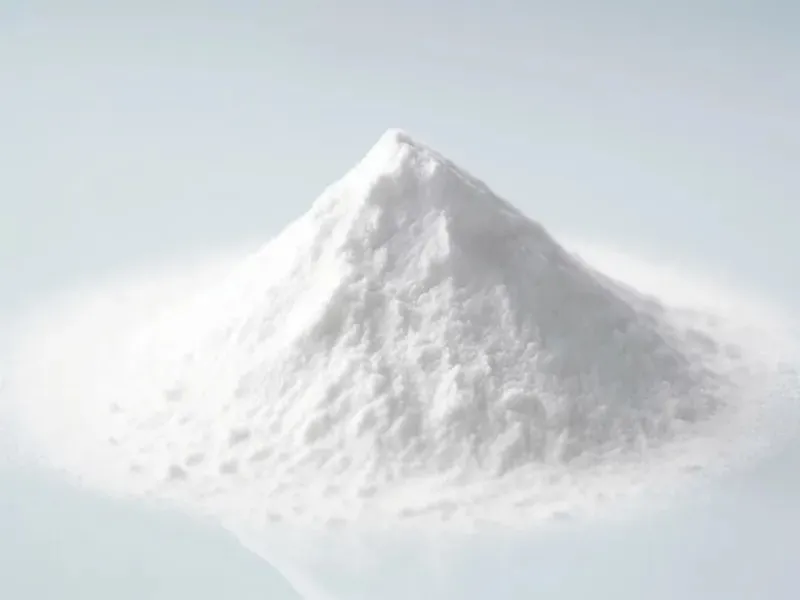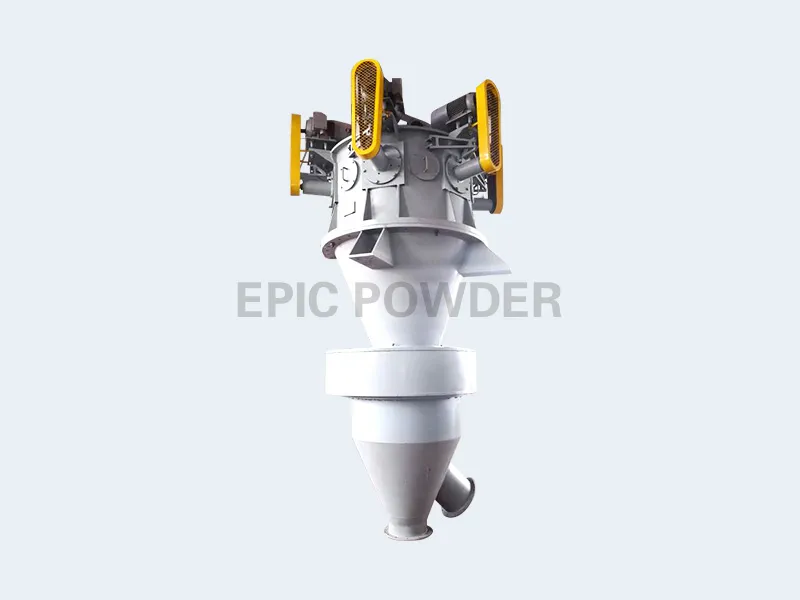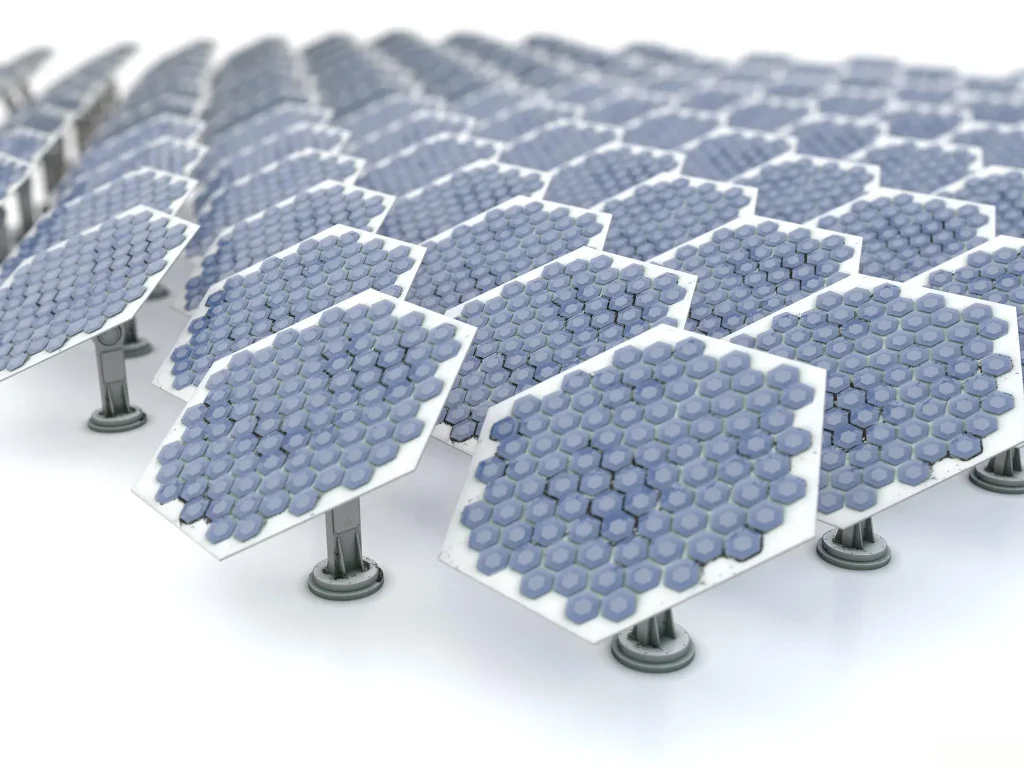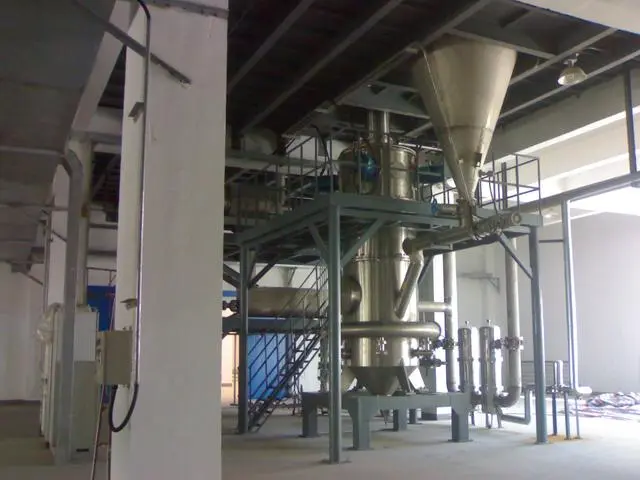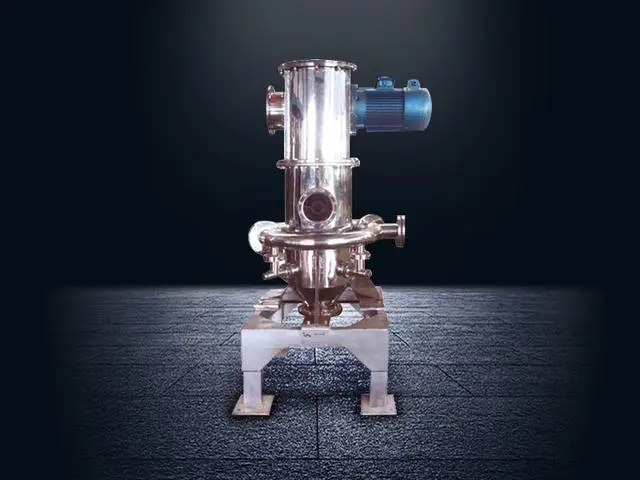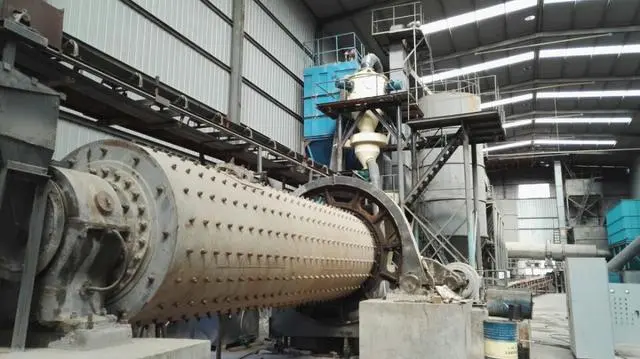What Air Compressor Should Be Used for a Pulse Dust Collector?
When selecting an air compressor for a pulse bag dust collector, it’s essential to consider several key factors to ensure optimal performance. Below are the primary aspects to consider: 1. Compressor and Supporting Equipment Selection The air compressor should match the specific gas requirements of the pulse dust collector. Key considerations include: 2. Selection of […]
What Air Compressor Should Be Used for a Pulse Dust Collector? Read More »

